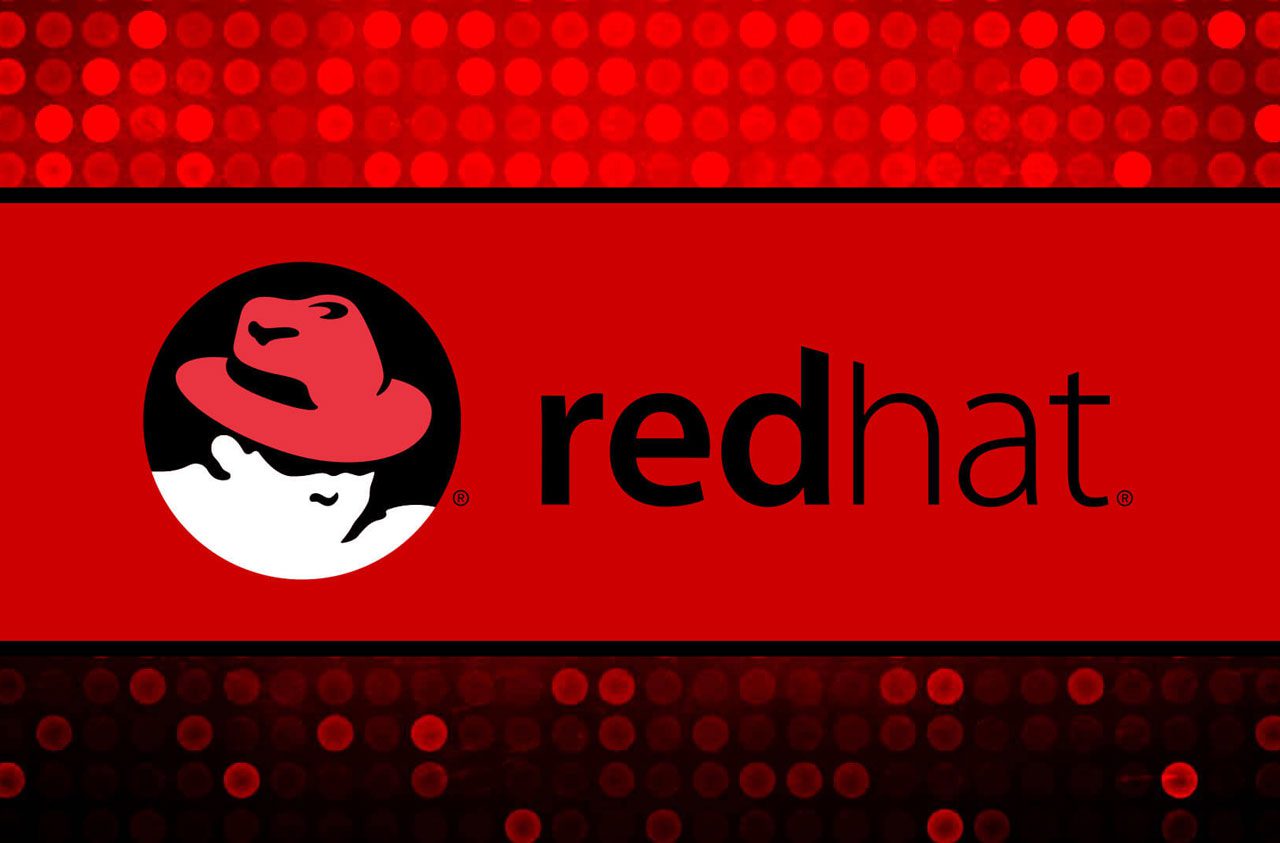Red Hat, the open-source software company, announced the latest Red Hat Enterprise Linux 7.5 (RHEL 7.5) release, stepping up both in Linux server business and in the cloud.
The focus of Red Hat with the new version is to make RHEL as a consistent foundation for hybrid cloud environments, and further integrate it with Microsoft Windows infrastructure both on-premise and in the Microsoft cloud.
It will provide enhanced security and compliance controls, new tools to reduce storage costs, and better usability.
An important aspect of the Red Hat Enterprise Linux latest version is more secure data transfers as compared to the previous versions, and better management and communication capabilities.
The performance for Microsoft Active Directory architectures has been improved to bring a smoother transition for enterprises who deploy RHEL along with Windows.
Red Hat has done a number of things on the hybrid cloud front. It has improved storage optimization with a new virtual data optimizer (VDO). The virtual data optimizer helps companies to extend the existing data storage resources to hybrid cloud deployments.
VDO reduces the data redundancy, compresses and deduplicates the data before storing it. Red Hat claimed that enterprises can use VDO to reduce cloud data storage by up to 83%.
The new version also has automated security feature mode, which has been formed by integration of Red Hat Ansible Automation with OpenSCAP. The OpenSCAP is an open-source software used to assess, measure and enforce security baselines.
The security automation will allow users to create Ansible Playbooks right from OpenSCAP, which can be further used to implement changes rapidly across hybrid cloud environments.
“The future of enterprise IT doesn’t exist solely in the datacenter or in the public cloud, but rather as a fusion of environments spread across IT’s four footprints: physical, virtual, private cloud, and public cloud. Red Hat Enterprise Linux serves as a scalable, flexible, and robust bridge across these footprints, and the latest version of the world’s leading enterprise Linux platform provides even more capabilities, from security at scale to increased storage efficiency, to drive hybrid cloud forward in the enterprise.”— Denise Dumas, vice president, Platform Engineering, Red Hat.
Furthermore, Red Hat has now added support for Buildah, an open-source software for developers to create and edit Linux container images “without a full container runtime or daemon running in the background”. The Buildah support will allow IT teams to build and deploy containerized images faster, without running a full container engine.
RHEL 7.5 will also support single-host KVM virtualization and OCO-formatted (Open Container Initiative) runtime environment and base image to IBM z Systems.
It is now generally available through Red Hat Customer Portal.








